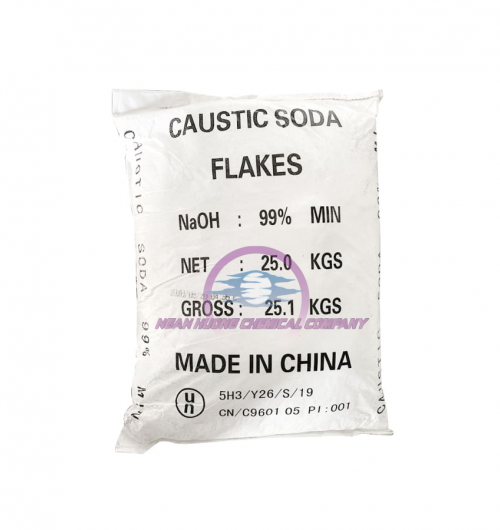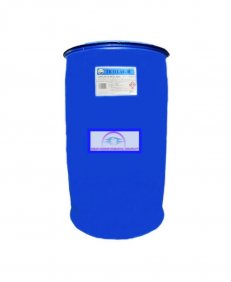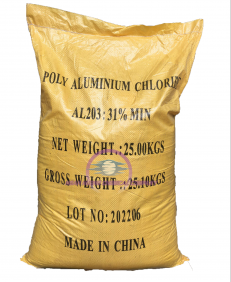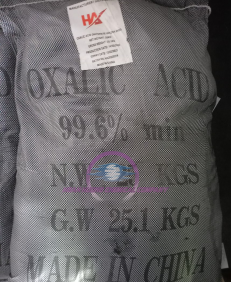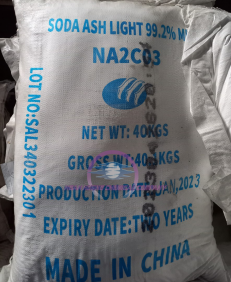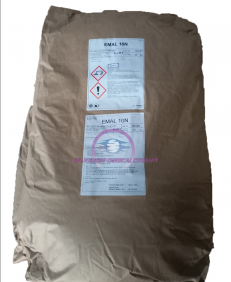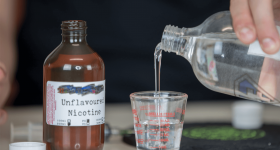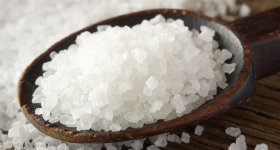1. What is Sodium Hydroxide Flake?
Sodium hydroxide or sodium hydroxide with the chemical formula is NaOH or commonly known as caustic soda or caustic soda is an inorganic compound of sodium. It will form a strong base solution when dissolved in water during the reaction will emit a lot of heat so be very careful. NaOH solution is greasy, making cloth, paper and skin corrosion. It is widely used in industries such as paper manufacturing, aluminum manufacturing, textile dyeing, soap making, detergent synthesis...
Sodium hydroxide exists in the form of a white solid of pellets, flakes or granules. It is very easy to absorb CO2 in the air so it is usually stored in a container with a lid. It reacts violently with water and exerts a large amount of heat. At the same time, it also dissolves in other solvents: ethanol, methanol, ether.
2. Molecular structure of Sodium hydroxide
Sodium hydroxide is made up of a positively charged sodium atom and a negatively charged hydroxy-OH group. They are talked to each other through ionic bonds. This is an unstable bond so NaOH solutions are prone to reactions.
3. The Physical and Chemical Properties of Sodium Hydroxide
3.1. Physical Properties of Caustic Flake NaOH
Pure caustic soda is a white solid that exists in the form of pellets, flakes or granules. It is highly hygroscopic, easy to flow water so it is usually stored in a closed PPE packaging, good air insulation.
3.2. The chemical properties of NaOH
In particular, caustic soda is unstable when exposed to incompatible substances, water vapor, moist air, most of them react strongly with metals. Caustic reacts with various types of reducing agents, oxidants, acid alkalis and steam.
NaOH + HCl -> NaCl + H(2)O
Reaction with organic acids forms the corresponding salt and hydrolyzes the ester.
It also reacts with strong metals to form new bases and new metals.
Reaction with salt forms new bases and new salts.
4. What is the preparation / production of NaOH?
For the preparation and production of caustic acid NaOH, the following methods are often applied:
2Na+ + 2H(2)O + 2(e-) → H(2) + NaOH
NaCl + 2H(2)O → 2NaOH + H(2) + Cl(2)
5. Important Applications of Sodium Hydroxide
Sodium hydroxide is a very important chemical in life, it is applied in many manufacturing industries such as:
Production of soap, detergents, detergents.
Artificial silk production: This chemical has the effect of breaking down specific toxic byproducts such as ligin.
Application in the paper industry, pulp... used for bleaching.
Aluminum production (cleaning the aluminum ore before production.
It is also used to treat waste water and is used to adjust the pH of water in environments that contain a lot of salts and acids.
It's also used to make oil and some other industries.
Other applications of NaOH: Used in the food processing industry such as the preparation of bottle curling solution or equipment in the brewery, the preparation of fruit and vegetable processors before being put into containers...
6. Cautions when using, preserving NaOH flakes
If regularly inhaling caustic soda will lead to the risk of serious damage to the respiratory system, damage to the trachea, lungs.
If you put the chemical into the skin, there will be burning phenomenon, heat is very unpleasant, accompanied by skin viscosity and swelling. It will corrode if it is attached to clothes, causing staining, fabric items...
If the chemical is shot into the eye, it will cause swelling, burning sensation, the risk of eye necrosis is extremely high, which can lead to permanent blindness.
Because this chemical is very hygroscopic and reacts violently with water, it needs to be mixed with cold water.
